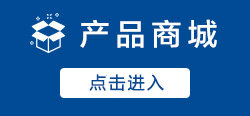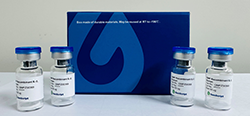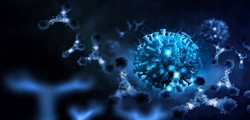
Figure 1. PGE2-induced concentration-dependent stimulation of intracellular calcium mobilization in HEK293/EP1 cells. The cells were loaded with Calcium-4 prior to being stimulated with agonist PGE2. The intracellular calcium change was normalized and measured by FLIPR. The relative fluorescent units (RFU) were normalized and plotted against the log of the cumulative doses of PGE2 (Mean ± SEM, n = 3). The EC50 of PGE2 on this cell was 0.134 nM.
Notes:
EC50 value is calculated with four parameter logistic equation:
Y=Bottom + (Top-Bottom) / (1+10^((LogEC50-X)*Hill Slope))
X is the logarithm of concentration. Y is the response
Y is % stimulation of RFU and starts at Bottom and goes to Top with a sigmoid shape.
HEK293/EP1 Stable Cell Line
| M00228 | |
|
|
|
| 询价 | |
|
|
|
|
|
|
| 联系我们 | |




































